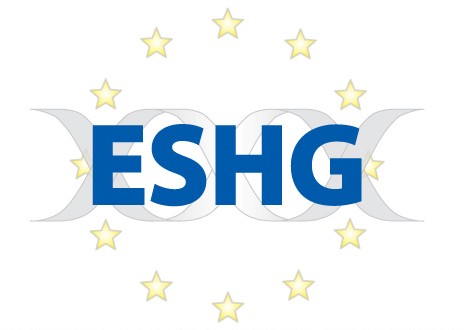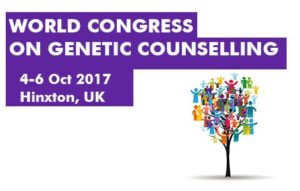| Title: | P14.003C – Next-generation phenotyping in Emanuel and Pallister Killian syndrome using computer-aided facial dysmorphology analysis of 2D photos |
| Keywords: | Emanuel Syndrome; Pallister Killian Syndrome; Facial-Dysmorphology-Novel-Analysis (FDNA) technol |
| Authors: | T. Liehr1, N. Acquarola2, K. Pyle1, S. St-Pierre3, M. Rinholm4, I. Schreyer1; 1Jena University Hospital, Friedrich Schiller University, Institute of Human Genetics, Jena, Germany, 2Pallister-Killian Syndrome Foundation of Australia, Myaree, Australia, 3Chromosome 22 Central, Fuquay-Varina, NC, United States, 4Chromosome 22 Central, Timmins, OH, Canada. |
| Abstract: | Forms of Next-Generation-Phenotyping (NGP) are needed to increase further the value of traditional and high throughput genetic diagnostics. As NGP we used in this study the Facial-Dysmorphology-Novel-Analysis (FDNA) technology to automatically identify facial phenotypes associated with Emanuel (ES) and Pallister-Killian Syndrome (PKS) from 2D facial photographs. ES and PKS have in common that they are characterized both cytogenetically by a small supernumerary marker chromosome (sSMC). 81 frontal images of children with molecularly diagnosed ES and 92 images from PKS were analyzed and compared to 2 control groups: facial images of unaffected children (n=1,000) and of children affected with one of 100 other syndromes characterized by dysmorphic facial phenotypes (n=1,000) collected from public image collections and medical publications. A comparison between ES or PKS and normal individuals expressed a full separation between these cohorts. A slightly lower discrimination was possible when comparing between ES or PKS and individuals affected with other syndromes. Applying the FDNA technology we were able to choose the correct syndrome with a mean accuracy of 89.6%. This result is more than 3 times higher than the random chance of 25%. Our results show that computer-aided facial recognition is able to help in the clinic and could possibly reduce the time patients spent in the diagnostic odyssey. It may also help differentiate ES or PKS from other patients with sSMC, especially in countries with no access to more sophisticated genetic approaches apart from banding cytogenetics. The continuous support of Nicole Fleischer (FDNA) is kindly acknowledged. |
| Presentation Time: | Saturday, May 27, 2017, 6:40 PM – 6:42 PM |

FDNA and Face2Gene Featured at ESHG
A flock of researchers from around the globe shared their findings in dysmorphology and molecular genetics at this year’s ESHG as a part of FDNA’s corporate satellite talk and various scientific posters. Karin Weiss (Rambam Health Care Campus, Haifa, Israel) presented her further work on Sifrim Hitz Weiss Syndrome (SIHIWES), a recently described form […]


